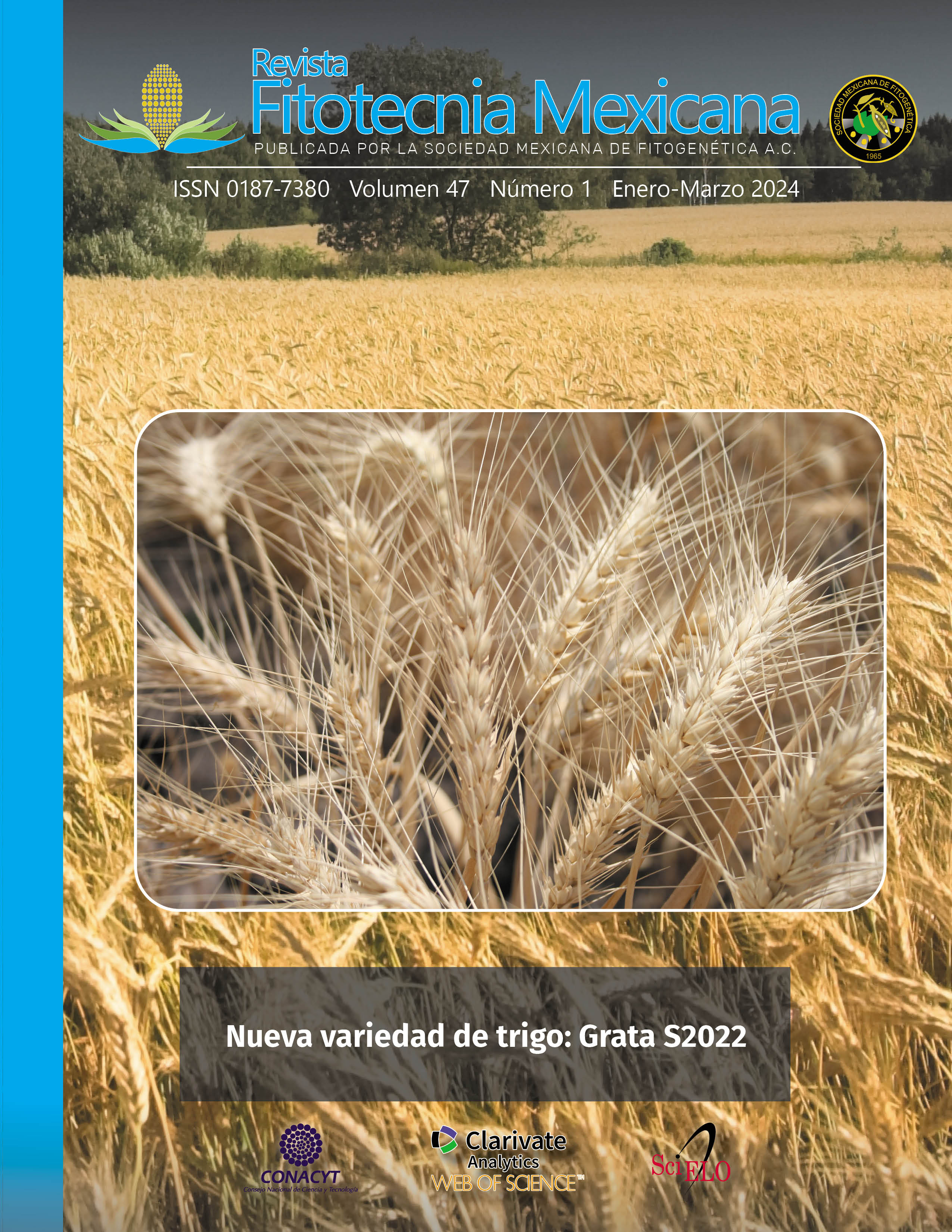NUTRACEUTICAL POTENTIAL OF FRUITS OF WILD SPECIES OF BLACKBERRY AND RASPBERRY
Main Article Content
Abstract
Berries such as blackberries, raspberries, blueberries and strawberries are rich in phenolic compounds, secondary metabolites biosynthesized as a result of the evolution of terrestrial plants to cope with environmental challenges. In particular, wild species often have characteristics that allow them to adapt to adverse environments. The objective of this study was to evaluate the nutraceutical potential of wild genotypes of the genus Rubus, by determining their antioxidant properties, for possible inclusion in breeding programs. The content of phenols, flavonoids and total anthocyanins, as well as the antioxidant capacity, by ABTS and FRAP assays, were quantified in polar extracts of fruits corresponding to six blackberries: Rubus glaucus, the Tupy variety, one commercial sample and three wild ones (Hidalgo 2.3, Hidalgo 2.4 and Chiapas 1) and one raspberry (Rubus niveus). The concentration of phenolic compounds in the especies was found in the range of 9.67 ± 0.47 to 17.81 ± 0.54 mg g-1 gallic acid (GAE) equivalents in dry weight (DW), total flavonoids from 2.28 ± 0.20 to 10.27 ± 0.58 mg g-1 mg catechin equivalents (CE) in DW, and total anthocyanins of 0.88 ± 0.05 to 19.19 ± 0.65 mg g-1 of cyanidin-3-glucoside (C3GE) equivalents in DW. The antioxidant capacity values were from 715.09 ± 25.22 to 1357.29 ± 20.76 and from 19.67 ± 0.94 to 93.5 ± 6.03 μmol g-1 of trolox equivalents (TE) in DW for ABTS and FRAP assays, respectively. Wild genotypes named Hidalgo 2.3 and Chiapas 1, were found to have the highest concentrations of phenolic compounds, and therefore, higher antioxidant capacity. Considering that these compounds protect plants against adverse biotic and abiotic factors within their ecosystem, the wild genotypes Hidalgo 2.3 and Chiapas 1 are candidates for selection in breeding programs.

